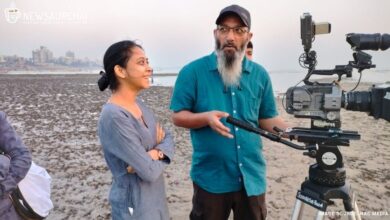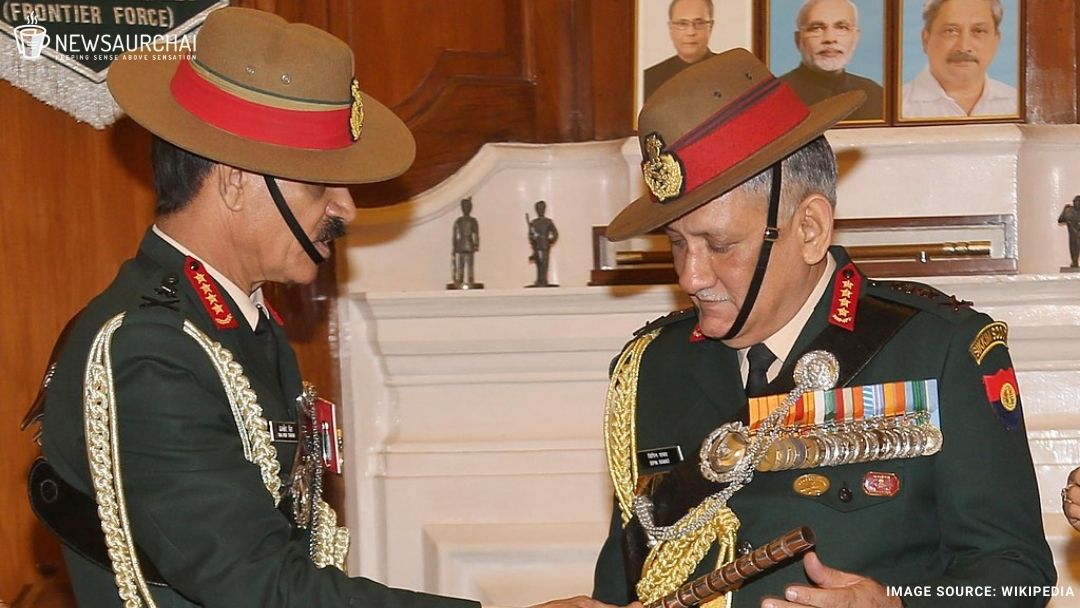
As India celebrates its 74th Independence Day, today, every part of the country lies witness to the atrocities of colonial rule and the 300-year long, arduous freedom movement. Before this year’s celebrations commemorate the historical day of independence, let’s look into the list of places to visit that are etched in the memory of the significant events along the course of the freedom struggle.
-
Red Fort, Delhi:
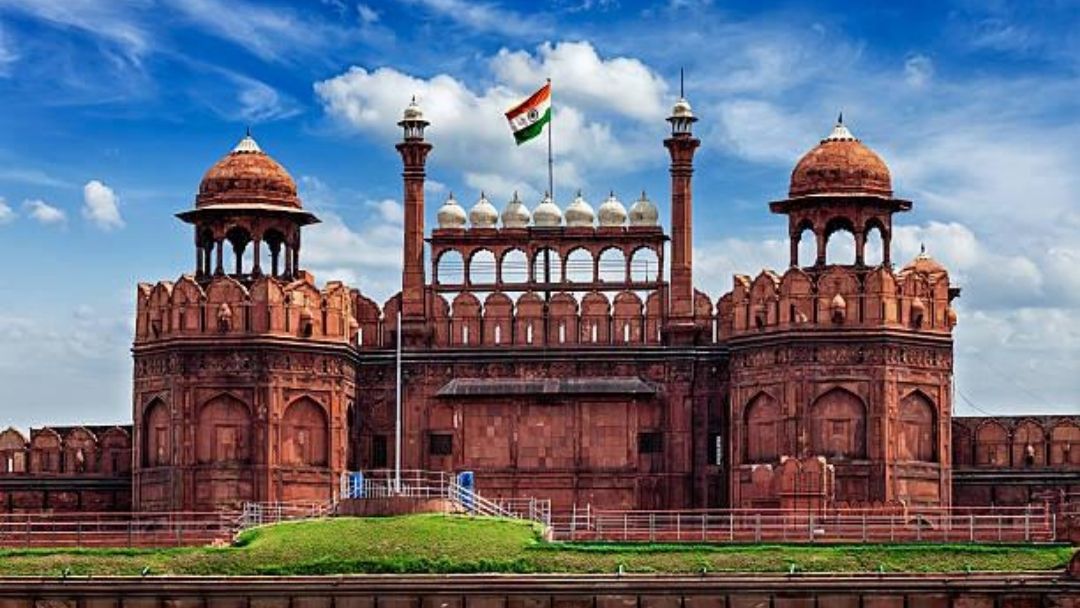
Built by the Mughal Emperor Shah Jahan, the Red Fort, a symbol of India’s power, has weathered several onslaughts since the British captured India. The British had taken over the fort and converted it into army headquarters after defeating Bahadur Shah Zafar, the last Mughal ruler.
At the stroke of midnight of August 15, 1947, once India gained independence, the first prime minister, Jawaharlal Nehru, hoisted the national tricolor on the fort and delivered a speech addressing the entire nation. This tradition has passed on through the successive prime ministers to mark the day of independence.
-
Jallianwala Bagh, Amritsar:
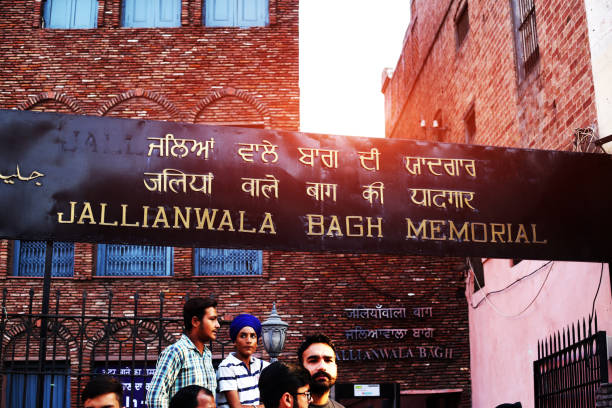
The Jallianwala Bagh Massacre of April 13, 1919, is one of the pivotal events that portray the ruthlessness of the British dominance of India. On the ill-fated day, as Punjab was busy celebrating the Baisakhi festival, British soldiers fired over 1600 rounds of bullets at hundreds of Hindus, Muslims, and Sikhs at Jallianwala Bagh, near the Golden Temple in Amritsar. The people who had gathered for peaceful protests could not escape their doom as Brigadier-General Dyer’s men blocked the main entrance.
Many died in the stampede, many jumped to their death into the garden’s well in a desperate attempt to escape, while the bullets killed over 1000. This cold-blooded murder invoked nationwide rage and spearheaded radical revolutionary movements. The walls, adorned with bullet-holes and bloodstains, cry out one of the most agonizing chapters of the freedom struggle.
-
Cellular Jail, Andamans:
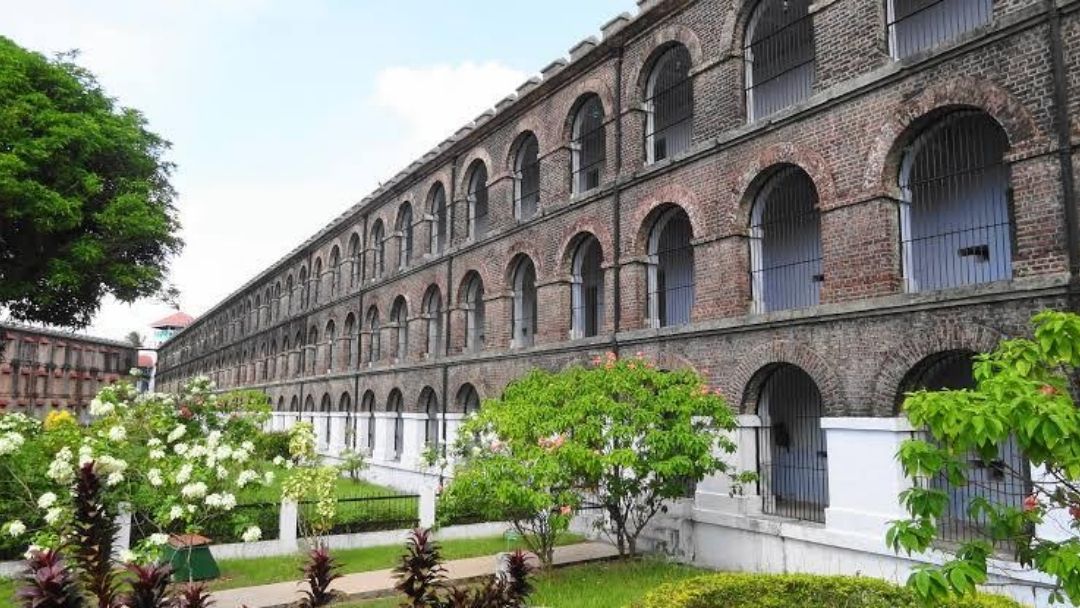
We can only imagine the horrors of being deported to the Cellular Jail across ‘kaala pani,’ and the immense torture subjected towards the freedom fighters in the infamous island prison. The silent echoes of the desolate prison give an idea of the painful life the exiles had to lead in the cramped cells. Only three out of the seven wings housing over 696 cells remain intact now. The prison, which once hosted several significant political prisoners, is now a National Memorial visited by tourists from worldwide.
-
Sabarmati Ashram, Ahmadabad:
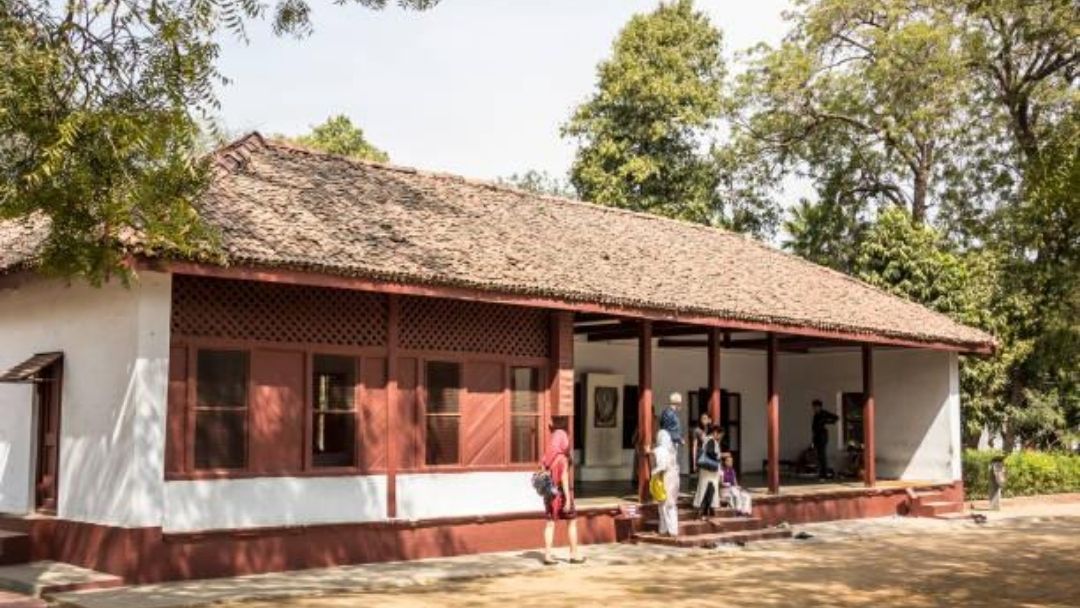
After returning to India from South Africa in 1915, Mahatma Gandhi set up the Sabarmati Ashram based on the same principles as that of the self-sufficient Tolstoy Farm of South Africa. This was set up to experiment in farming and animal husbandry. Gandhiji considered the location ideal for a Satyagrahi, who lands somewhere between a British prison and a crematorium, the two exact landmarks bordering the ashram. The ashram is the starting point of several historical movements like the Dandi Satyagraha of 1930. The site now preserves and promotes the memories of the Father of the Nation.
-
Champaran, Bihar:
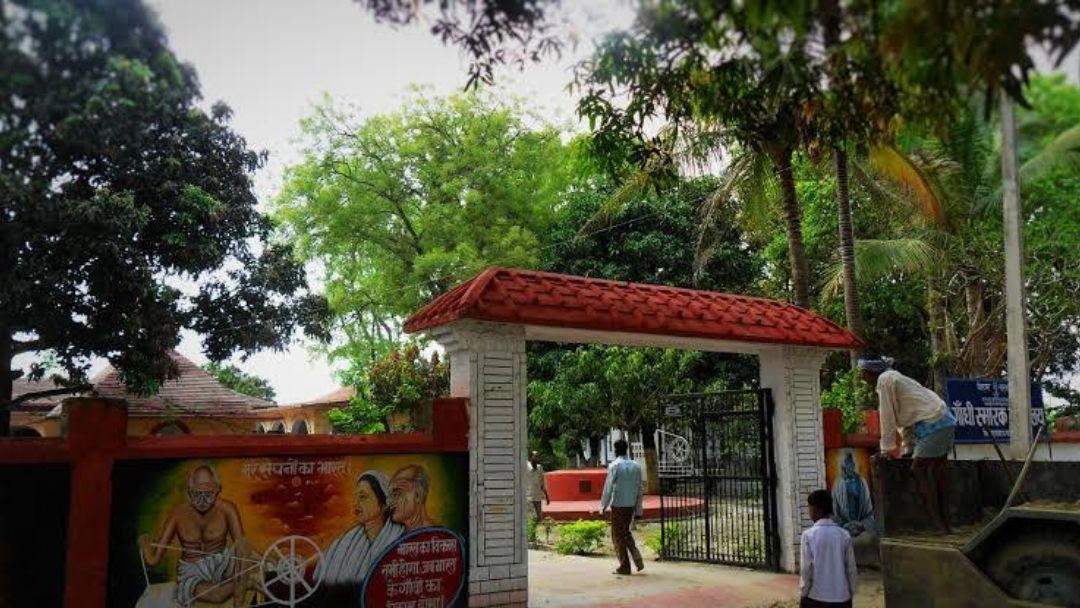
This place lies witness to India’s First Civil Disobedience Movement, Champaran Satyagraha, launched by Gandhiji. The British had prohibited farmers from cultivating food crops and engaging in the cultivation of indigo instead. This is the spot for the famous indigo revolution, which facilitated farmers to gain more control over farming and other compensations, marking the arrival of one of India’s greatest leaders, Gandhiji, in the picture of the freedom movement.
-
Kakori, Lucknow:
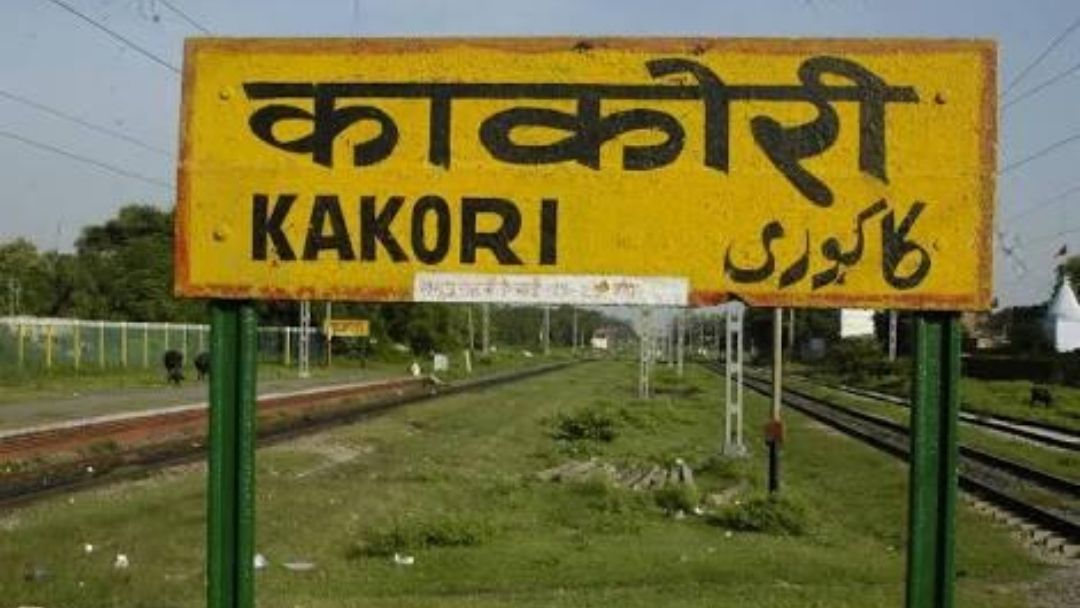
One of the most defining moments in the Indian freedom struggle–the Kakori Conspiracy Case–took place here. The Kakori train robbery involving Chandrashekhar Azad, Ashfaqullah Khan and Ram Prasad Bismil, took place on August 9, 1925. This was the first instance of British property being looted, and thus, it remains a must-visit place for any patriotic Indian.
-
Jhansi Fort, Uttar Pradesh:
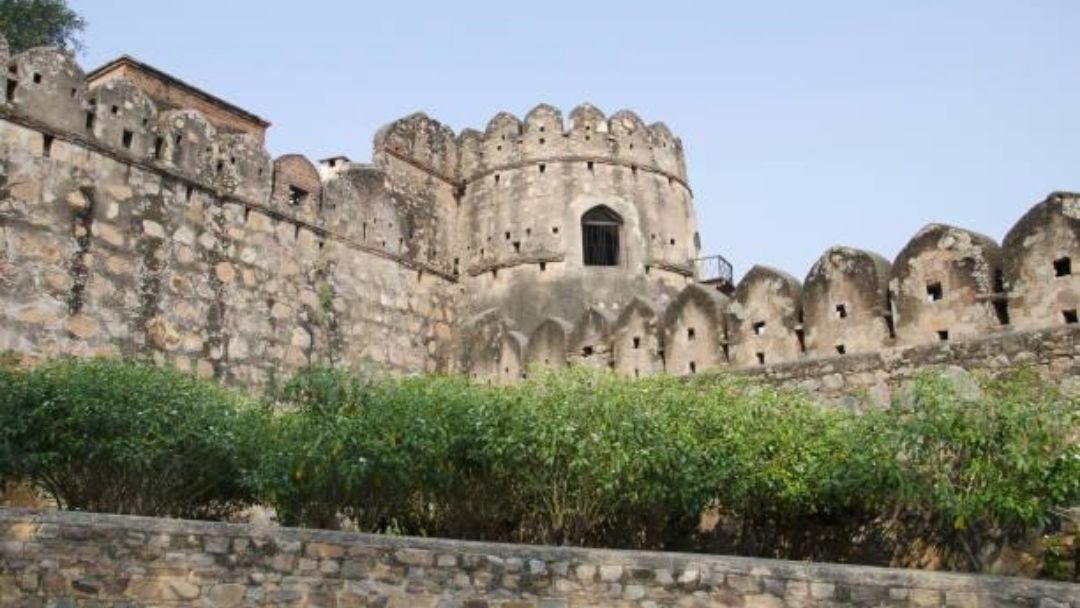
The valiant freedom fighter, Rani Lakshmibai of Jhansi, is commemorated in this monument. She annexed the neighboring kingdoms of Datia and Orchha who were planning to invade, and indulged in a full-blown war against British imperialism, to save her kingdom. People visit the fort to honor her contribution and sacrifice for the aid of the country.
-
Aga Khan Palace, Pune:
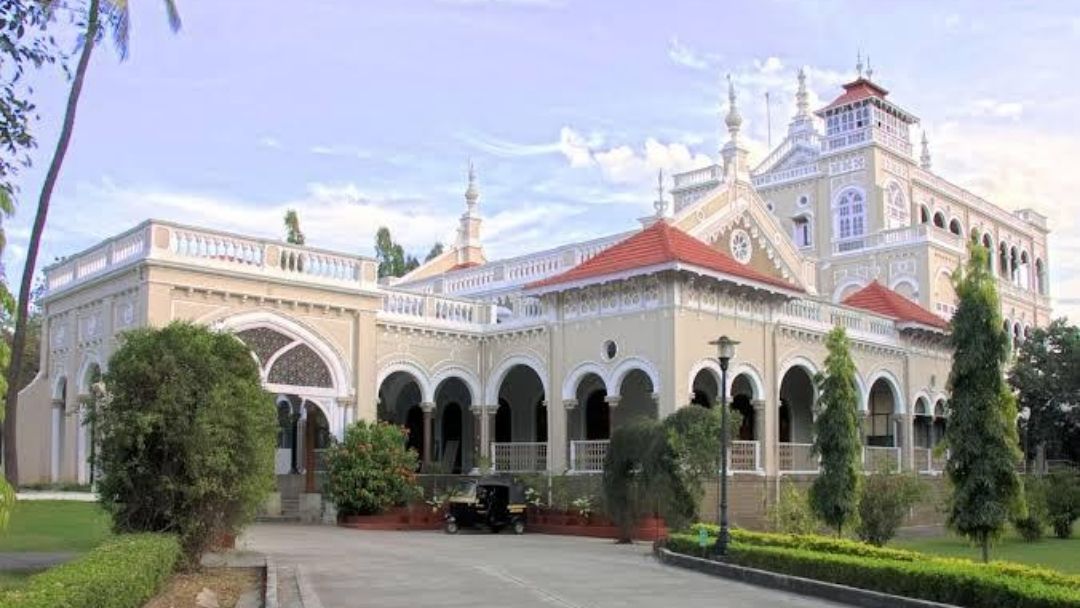
The beautiful piece of architecture holds a significant place in India’s history of freedom struggle. The palace served as a high-priority prison in British India, and hosted several political prisoners, including Mahatma Gandhi and his wife Kasturba Gandhi, during the Quit India Movement of 1942. Kasturba Gandhi breathed her last at the palace, and her memorial is located in the palace grounds where she lays buried. The palace holds items of everyday use of the Gandhis, and is now known as the Gandhi National Museum.
-
August Kranti Maidan, Mumbai:
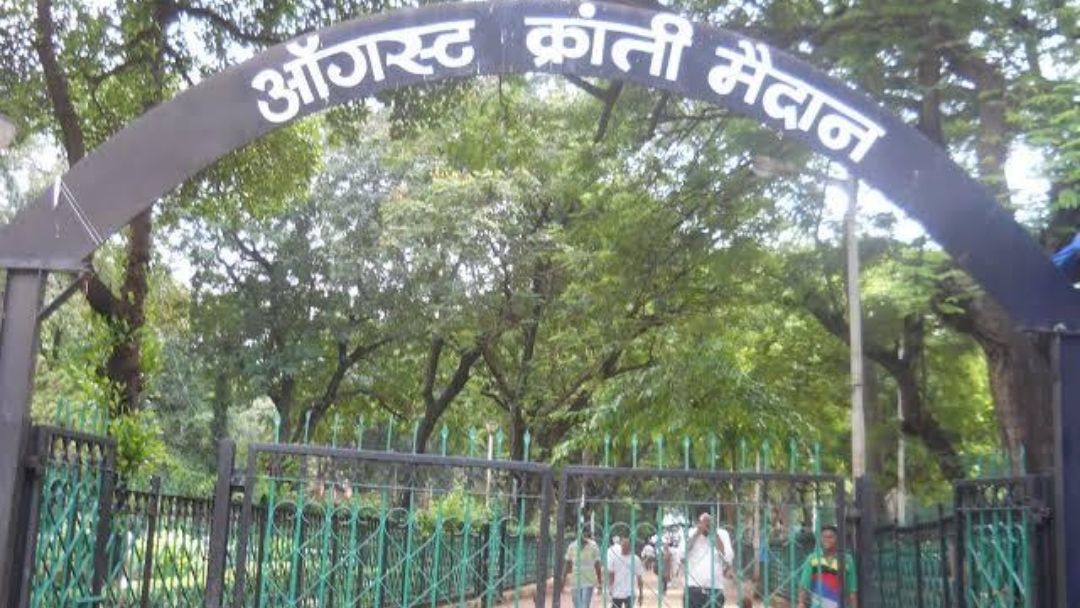
Mahatma Gandhi made the famous speech of ‘Quit India’ at a park in central Mumbai on August 8, 1942, to urge the people to fight against British rule. Formerly known as Gowalia Tank Maidan, the park is now called August Kranti Maidan. The declaration profoundly inspired the masses and led to the imprisonment of about 60,000 Indians. The park now hosts a monument in honor of the historic event.
-
Barrackpore, West Bengal:
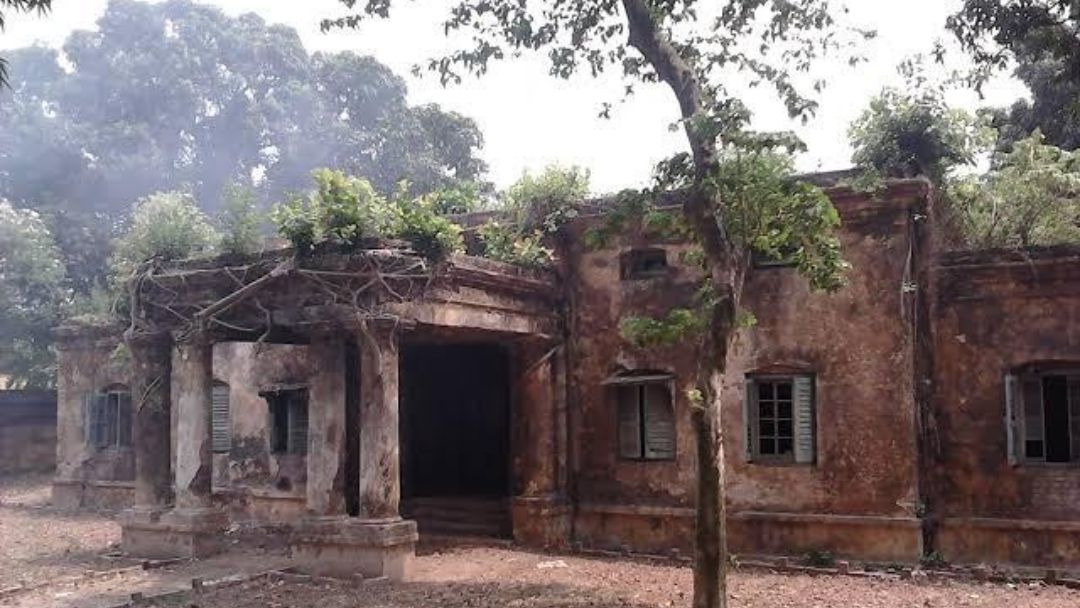
The inception point of the famous Sepoy Mutiny of 1857 lies at Barrackpore. The rebellion starts when Sepoy Mangal Pandey of the Bengal Army refuses to follow British orders due to the discrimination of India sepoys, recent changes in the British army policies, and the introduction of Enfield Rifles whose cartridges were allegedly made of cow and pig fat and had to be bitten off.
The rebellion spread wide across British India and gravely shook British administration. Barrackpore is also the oldest cantonment in India.
These are some of the few sites of freedom movement lying across the subcontinent. Other significant places include Calcutta–the cultural capital of British India, the Gateway of India at Mumbai which bid adieu to the last of the British troops on February 28, 1948, as they sailed out of the Mumbai harbor; Bombay is also the birthplace of the Indian National Congress.
Many places remain scattered in Pakistan (like Lahore) and Bangladesh (like Chittagong) now. They have been telling us the stories of India’s rich history through the ages.



